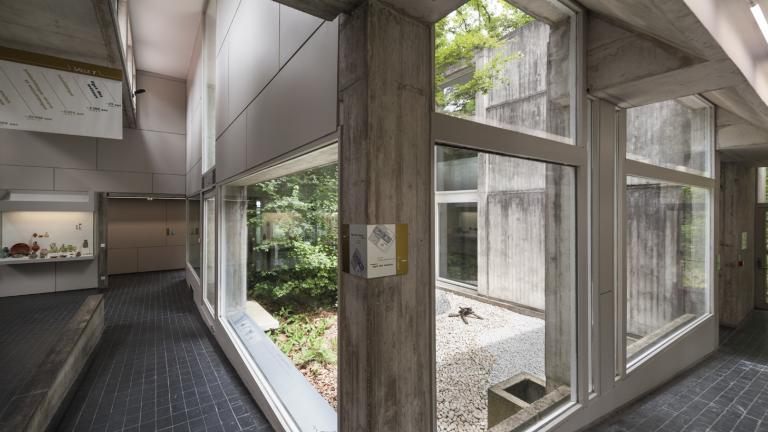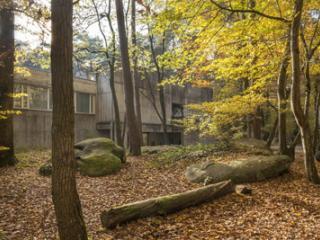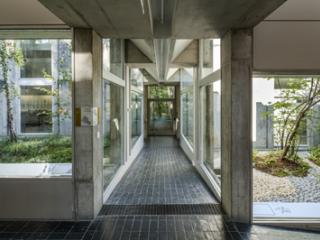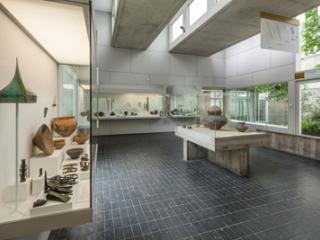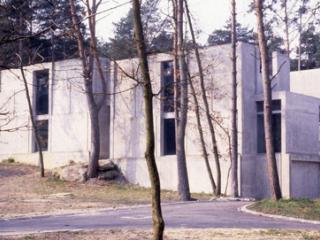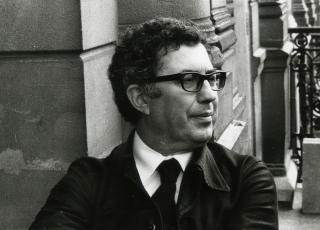Born on August 31, 1927 near Algiers, Roland Simounet studied architecture in Algiers, then at the National School of Fine Arts in Paris. His work, which is part of the modernist school of architecture, is marked by strong social concerns that resulted in the creation of many apartment housing projects for the poorer population in order to reduce slums.
He began his construction activity in 1951 and created his first agency in Algiers in 1952. In 1954 and 1955, he was a housing adviser for the City of Algiers. In 1956, he built the Djenan el-Hasan housing project, a true show of building skills on a very steep slope and, in 1960, a large estate of 700 affordable housing units in Noisy-le-Grand. At the same time, he worked on reducing barrios in Venezuela.
He opened an agency in Paris in 1963. He then built many affordable housing projects in Cergy, Evry, Paris and Saint-Denis, as well as schools, university premises (university residence of Madagascar in Antananarivo) and the Marseilles National Dance School.
But it was his museum projects that brought him international fame: the Museum of Prehistory of Île-de-France, which opened in 1981, the Villeneuve-d'Ascq museum of modern art (1983), currently the LAM, and the conversion of the Salé Hotel into the Paris Picasso museum (1985).
Roland Simounet died in Paris on February 10, 1996. His last project, an apartment building for the city of Paris, was completed two years after his death.
His works are internationally recognised and he received several prestigious awards for them: the National Grand Prix of Architecture in 1977, the Medal of Honour of the International Academy of Architecture for all of his work in 1982 and, in 1985, the Equerre d’Argent for the Picasso Museum.
